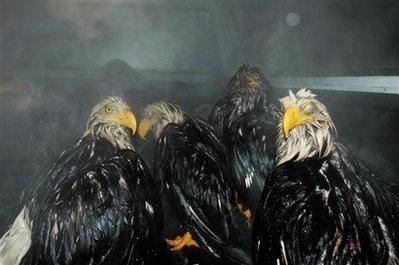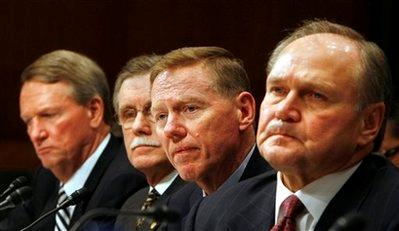I want to submit that attitude may currently be the main barrier to innovation. Plenty of inside or outside innovation might be unleashed by a simple “Yes!” that would allow an initiative to proceed.
Did you ever enthusiastically approach your superior(s) with what you thought was a brilliant solution to a major problem the organization was experiencing? Were you flatly turned down even when you already had an action plan that could have made it happen if only s/he had said ‘yes’? Why are people not saying ‘yes’ more often? A few years back, I got a vivid illustration of the likely reason which I would like to share.
I had just moved to the South East from New England. I found Southerners to be extremely friendly, but I soon discovered that occasionally I had a very hard time understanding some of their heavy local accent (and some of them had trouble understanding me). One day I was working in my new office after hours. The lady who was cleaning my office came in, introduced herself, and started chatting with me. At some point I could tell by the tone of her voice that she asked a question and was expecting an answer from me, but I could not understand what she was saying. This was something that had never happened to me before: even if occasionally I would not understand an isolated word, I could always get the gist of the sentence. This time, I had no idea of what she had just asked me! We went through a couple of rounds at my polite request to please repeat the question, only to realize that she was just replicating the sounds, only louder each time. I finally understood that there was no point in continuing the exercise. I quickly reasoned: “the answer to this question might be quite elaborate, but I assume any answer could be summarized by: ‘yes’ or “no”, a ‘maybe’ might work…” Faced with the need to take a clear cut decision, I reasoned further: “if I say ‘yes’ I will likely need to do something as a result, and I am not sure what that is. Let’s try instead…” I turned to her and gave full attention to her last attempt at shouting the question at me, then firmly replied: “NO!” I was not sure how appropriate my answer was for her question, but what came next was astonishing: she looked me in the eye and replied “Agh, OK then!” then turned around, and off she went. While I had just deflected an uncomfortable situation, I was left baffled, still wondering to this day what her question was!!!
The episode itself became, however, very illuminating later when it dawned on me that a similar scenario was likely responsible to the many “NOs” that I had received myself throughout the years when presenting my higher-ups with a challenging idea or one that was simply very novel. Their gut response (and easiest) answer was “No!” Maybe I had not been able to convey my ideas well enough, or they were unable to understand the value of my proposals; in any case, the immediate negative answer insured that they did not have to do a follow-up, eliminating any potential commitment. There is always risk related to supporting or even allowing a new initiative to proceed. The risk is very easily eliminated by simply quashing it at first sight, and the cost of turning down such initiatives is usually very hard to identify, while a high-profile failure is hard to miss.
Many corporations punish the failures that are inevitably related to risk taking, but how many out there actually keep track of what could have been? At performance review time, is anybody keeping track of how many potential innovations have been annihilated by any specific manager/leader?
Obama recently demonstrated the mass appeal and the ultimate power of the operative word “YES” (we can). It will be interesting to see if the “yes” and “can do” attitude will spread to also penetrate and inspire the corporate world. I believe it would be the single most important step toward unleashing the innovation US desperately needs…
Addendum: See an independent video illustrating this barrier to innovation that was posted meanwhile on YouTube….




